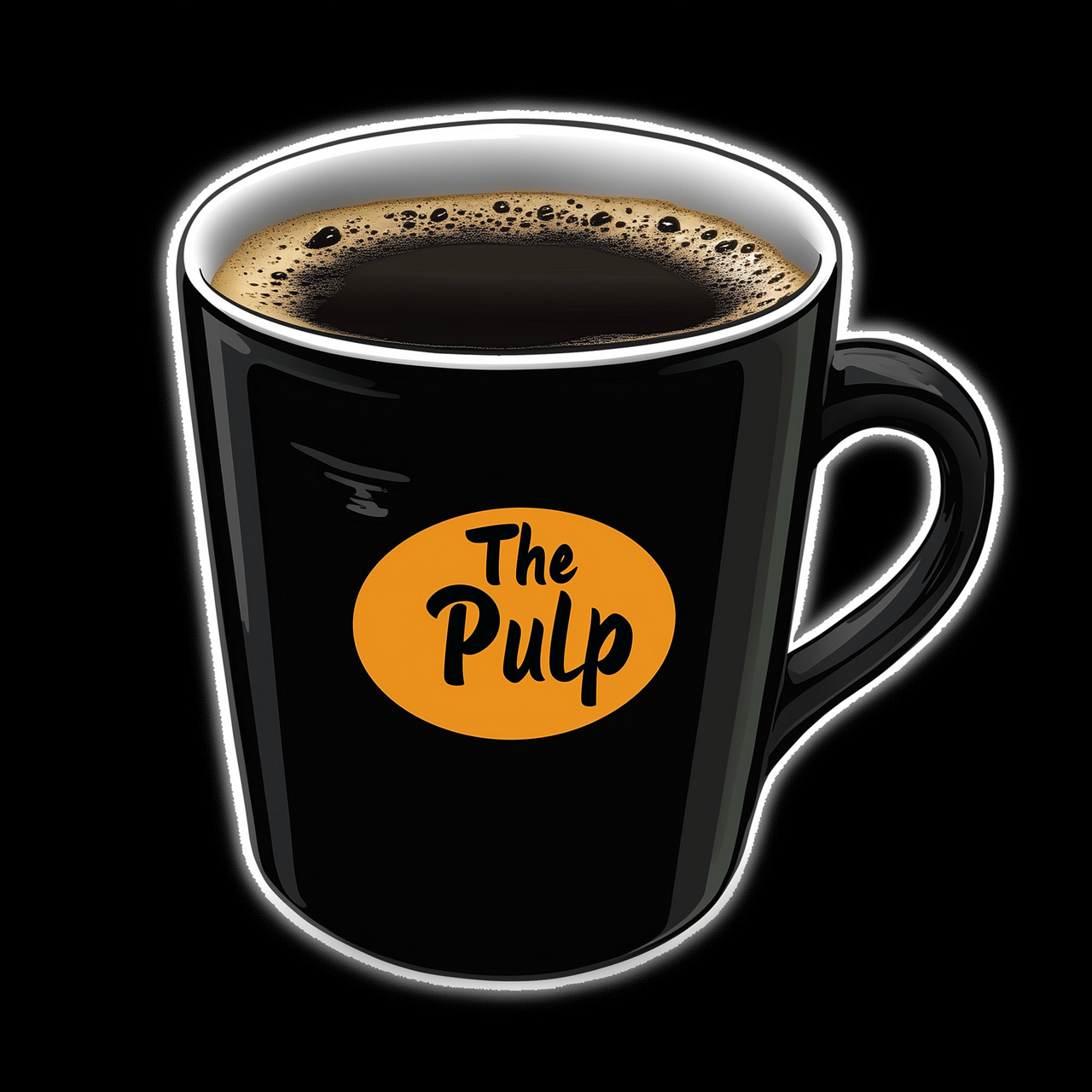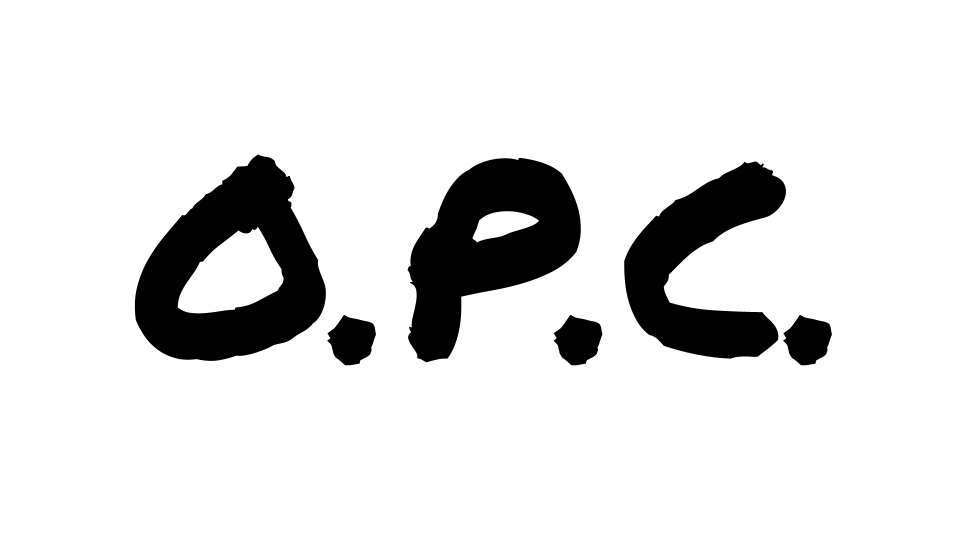A Unique Human & Artistic Touch
Why we still need courtroom sketches ...
Courtroom sketches continue to be practiced primarily because many courts still prohibit cameras and recording devices during trials, especially in federal courts.
The ban is intended to prevent distractions, protect the privacy of participants, and avoid influencing the behavior of witnesses and defendants.
Have you ever been chased by the Paparazzi? I know some of you reading this have been 😂. While you may choose to grandstand like my subscriber friend, most people feel intimidated by cameras - especially many at once.
Courtroom sketches provide
a unique human and artistic touch
that cameras cannot replicate.
I can’t decide if Puffy looks sinister up above or perhaps he just farted, look at homey to the left’s reaction 🤷🏽♂️
Sketches can capture the
atmosphere, drama, and emotional nuances
of a trial in a way that photos or videos might miss or misrepresent. Sketches can also be more discreet and respectful, for example by leaving faces blank to preserve anonymity or by avoiding sensationalism that can come with photography.
We can rely on sketches - through artists’ eyes - to
focus on significant moments
rather than trivial or distracting ones that video might capture. Perhaps they help us balance a need for transparency with privacy and decorum.
Sketches can provide
a humanized portrayal
of proceedings.
Now read the enlarged text above again in the context of “AI outrage”. We humans will - at least to a degree - always value unique human and artistic touches. It is up to us to “be human” vs. outsource our humanity to AI.
Buy someone you love a bag of coffee ☕️





My daughter Sophia has often shared that she may translate her love of capturing humans in pencil drawings to becoming a courtroom sketch!